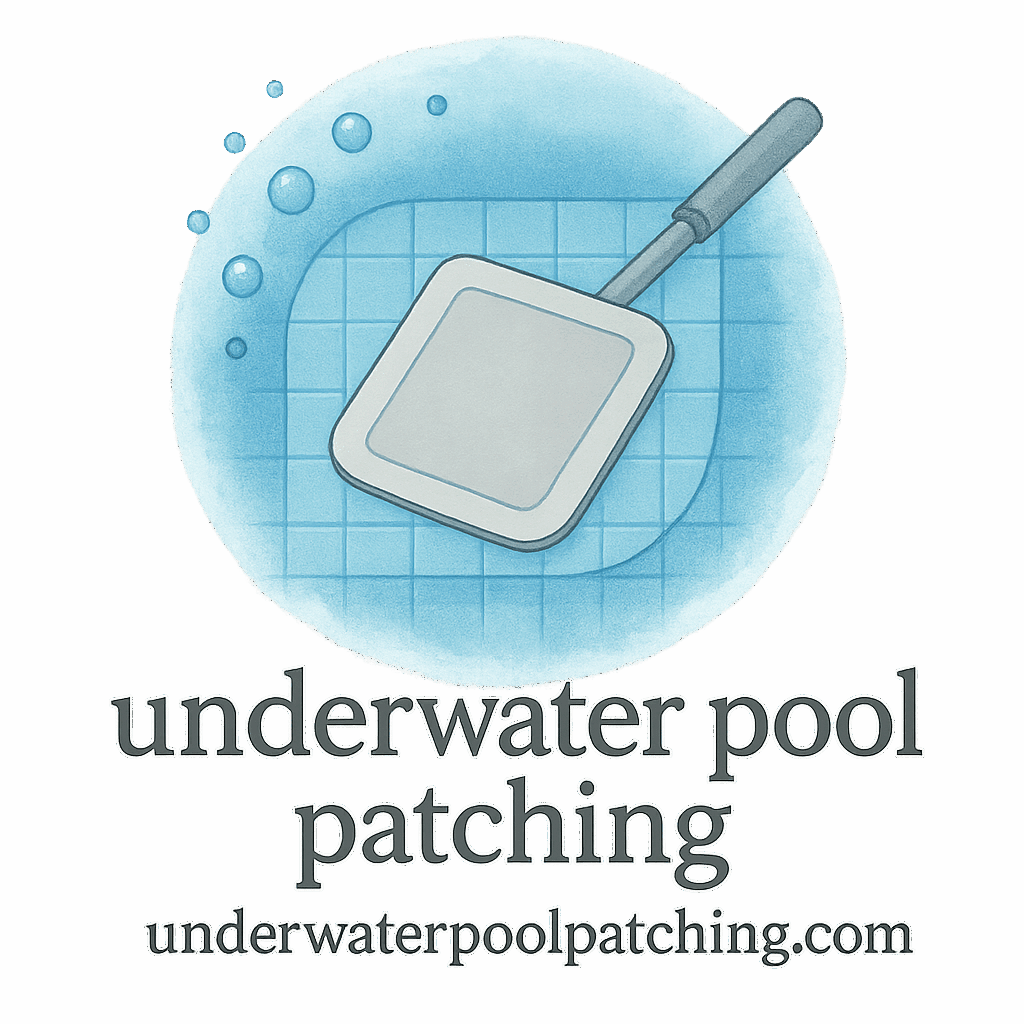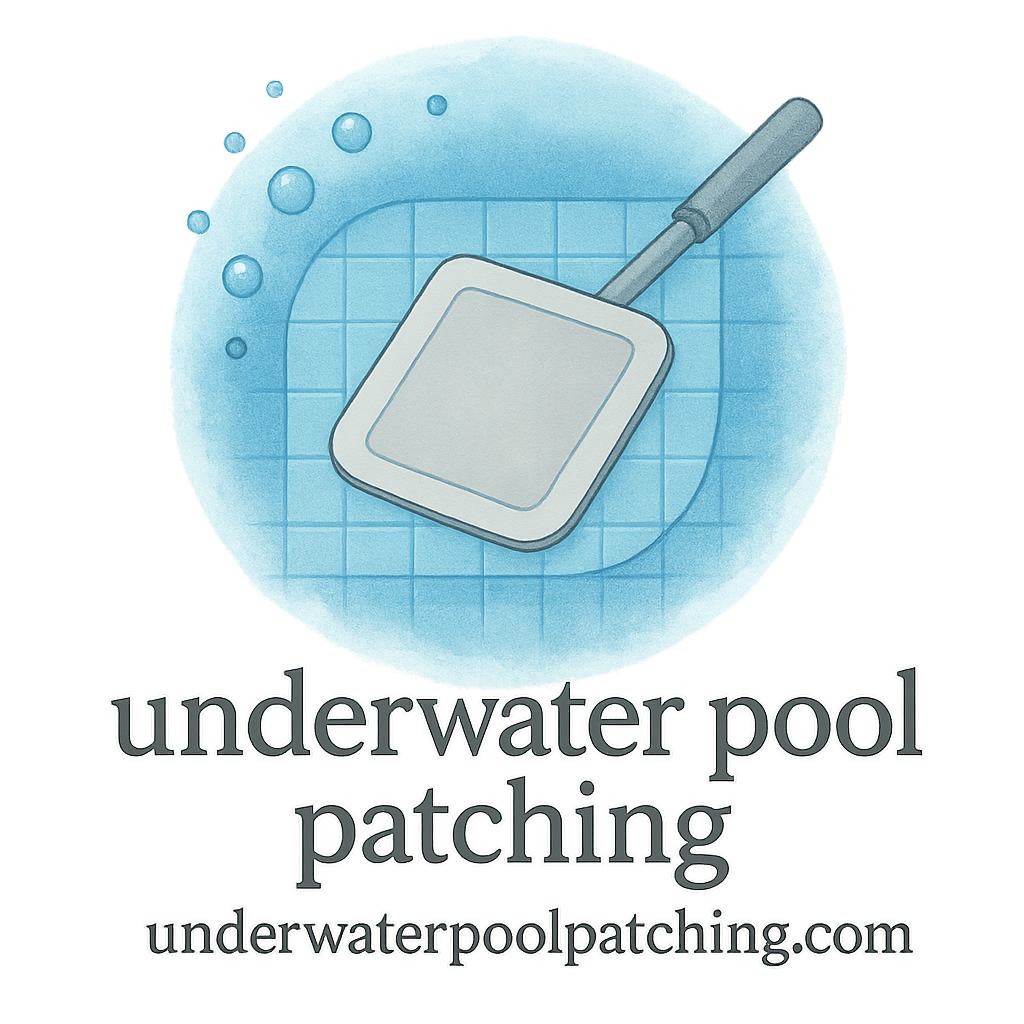Introduction: Why Chemical Balance Matters for Pool Patches
Ever patched your pool, only to find the repair doesn’t last? The secret villain might just be your water chemistry. When your pool’s chemical balance is out of whack, even the best underwater pool patches won’t stand a chance.
Let’s walk through five essential chemical balancing steps that’ll not only protect your patchwork but also extend its lifespan. If you’re serious about pool patch durability, this is where your journey begins.
Don’t forget: check out helpful resources at Underwater Pool Patching for deeper insights.
Step 1: Test the Pool Water Regularly
Importance of Frequent Testing
Testing isn’t a one-time deal. Pool chemistry can shift day by day due to sun exposure, rain, and even the number of swimmers. That patch you spent time fixing? It’s counting on you to stay on top of it.
Recommended Testing Tools
A reliable test kit is your first line of defense. Get one that checks:
- pH
- Alkalinity
- Calcium hardness
- Chlorine
DIY Kits vs. Professional Services
DIY kits are affordable and easy, but monthly check-ins with a pro ensure accuracy. It’s like going to the doctor—sometimes a second opinion saves the day.
Need guidance on choosing services? Visit our Inspection & Diagnosis section.
Step 2: Maintain Ideal pH Levels
What’s the Perfect pH Range?
Your sweet spot is between 7.2 and 7.6. Outside that? Trouble brews.
How pH Affects Patch Durability
Too low, and your pool water gets acidic—hello, corroded patches. Too high, and scale builds up, loosening patch edges. It’s like trying to stick tape on a dusty wall—useless!
Real-World Example of Patch Failure
A user from our Patch Repair blog reported epoxy detaching just weeks after application due to a pH level of 8.4. Don’t let that be you!
Step 3: Balance Alkalinity First
Role of Alkalinity in Water Chemistry
Think of alkalinity as your pool’s buffering bodyguard. It keeps the pH stable so things don’t spiral out of control.
Ideal range? 80 to 120 ppm (parts per million).
Step-by-Step to Adjust Alkalinity
- Test your water.
- If low, add sodium bicarbonate.
- If high, add muriatic acid (carefully!).
- Re-test after 24 hours.
Still unsure? Browse through our Maintenance Plan Tips for more help.

Step 4: Keep Calcium Hardness in Check
Soft Water vs. Hard Water Effects
Too soft? Your water leeches calcium from surfaces—including patches. Too hard? You’re setting yourself up for scaling, rough texture, and a brittle patch.
How Calcium Levels Impact Pool Surfaces
Calcium hardness should be between 200–400 ppm. Keep it in that range to make your underwater patch hold tight.
Protecting Epoxy and Vinyl Patches
Epoxy-based patches are strong, but they don’t like brittle surfaces. The same goes for vinyl. Monitor hardness to keep your epoxy patch holding firm.
Step 5: Control Chlorine and Sanitizer Levels
What Happens If Chlorine Is Too High?
It’ll eat away at your patch like acid on paper. Plus, high chlorine causes fading and peeling. Not the look you’re going for!
Keep chlorine at 1.0 – 3.0 ppm for best results.
Alternatives to Harsh Chlorination
Consider saltwater systems or stabilized chlorine tablets. They’re gentler on patches and safer for your skin too.
Read more in our guide on Repair Techniques.
Bonus Tip: Use Stabilizers Smartly
Cyanuric acid acts like sunscreen for chlorine. Use it wisely to prevent chlorine burn-off—especially in outdoor pools. Just don’t overdo it! Over-stabilization leads to “chlorine lock.”
The Science Behind Chemical Reactions and Patch Adhesion
Every patch bonds based on a chemical reaction. If your water is chemically unstable, you’re essentially interfering with that process. Think of it like baking a cake in an oven that keeps changing temperature—disaster guaranteed.
Long-Term Maintenance Tips to Extend Patch Life
Set a Chemical Maintenance Schedule
A weekly checkup takes less than 15 minutes and could save you from hundreds in future repairs. Add it to your calendar or use an app.
Use Subscription Services or Apps
Want less hassle? Check out automated systems or subscribe to monthly pool chemical delivery plans. Find more tips under Maintenance & Prevention.
Common Mistakes to Avoid
Mixing Chemicals Blindly
This one’s a big no-no. Always read labels, follow wait times, and wear gloves. Even experienced DIYers mess this up!
Ignoring Leak Re-Inspections
Just because your patch looks fine doesn’t mean it is. Schedule periodic Leak Detections to catch hidden issues early.
Tools and Tech That Help Monitor Pool Chemistry
From digital pool testers to smartphone-linked readers, technology is your friend. Investing in tools can keep your patch looking brand new.
Final Thoughts on Maximizing Patch Life
At the end of the day, a patch is only as good as the water it lives in. Follow these five steps consistently and you’ll keep your pool looking fabulous—and save big on costly do-overs.
Want to explore patch types and materials or browse cost-saving options? The answers are just a click away.
Conclusion
Taking care of your pool patch isn’t rocket science—but it does require some smart moves. By mastering these chemical balancing steps, you’ll extend the life of every patch and reduce the chances of future repairs.
Think of it as giving your patch a fighting chance—and your wallet a break.
If you’re still budgeting, visit our full Cost & Budgeting Guide for insights, and don’t forget our tag pages for more tips, savings, and restoration guides.
FAQs
1. How often should I check my pool’s chemical levels after patching?
At least once a week. Right after patching, test every 2–3 days for the first two weeks.
2. Can high pH ruin my underwater pool patch?
Yes! High pH causes scaling and weakens the bond between the patch and pool surface.
3. What’s the biggest mistake pool owners make with patch care?
Ignoring regular water testing and overusing chlorine.
4. How do I know if my calcium hardness is too low?
Look for etching, fading, or soft spots on surfaces—those are early warnings.
5. Are there patch materials that resist chemical damage better?
Yes, check out epoxy-based or rubberized materials on patching materials pages.
6. Should I use chlorine tablets or liquid chlorine?
Tablets are easier for most pools, but they must be balanced with stabilizers.
7. How can I save money on pool maintenance over time?
Follow a routine check schedule, use apps, and visit our budget-saving tips section.


